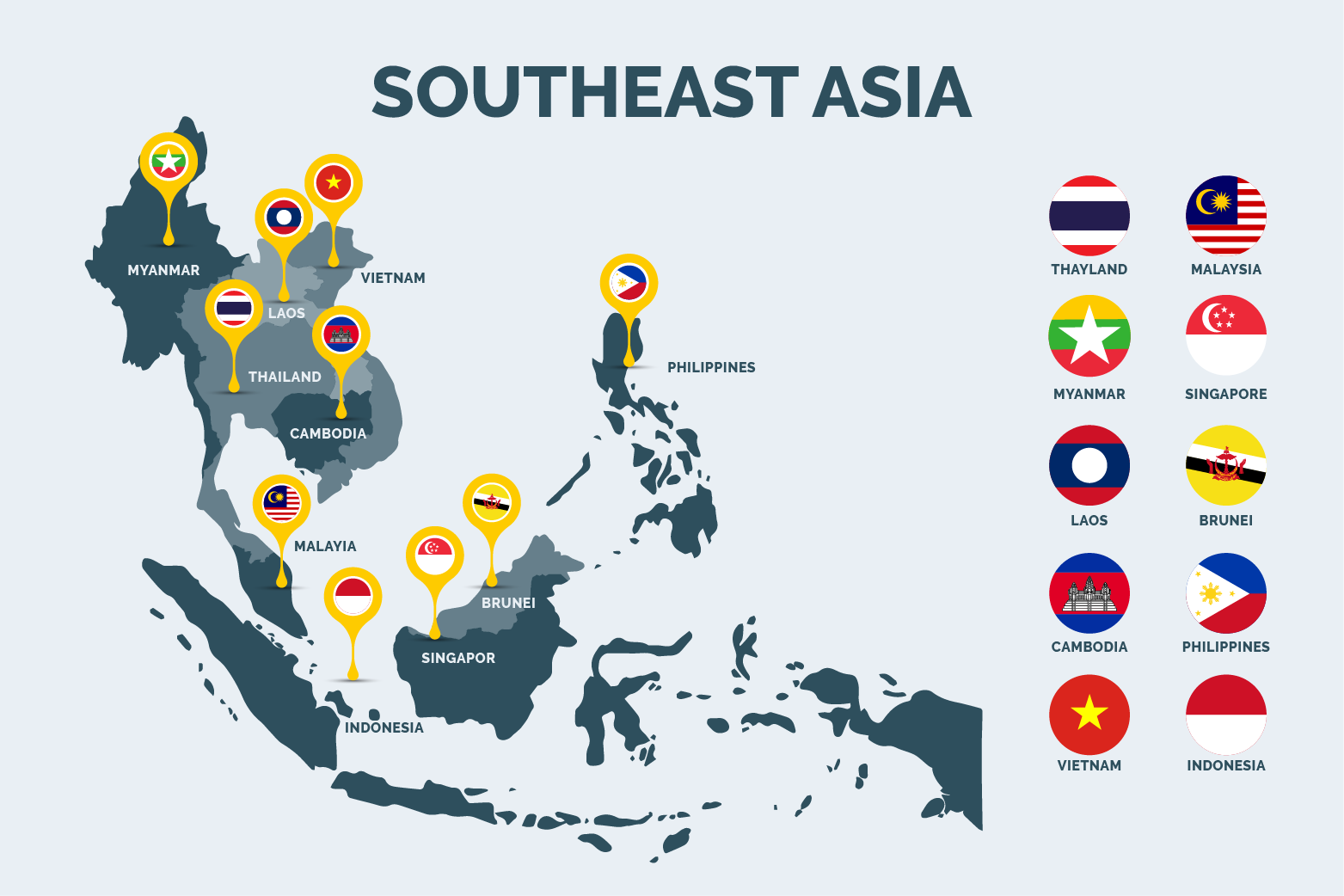Why Vietnam is a useful regional beachhead for SEA
Vietnam has quietly moved from “promising” to “must-consider” for international brands and investors. With a population over 100 million, a young median age, rapid urbanization and rising disposable incomes, Vietnam offers a rare combination of scale and speed: consumers who are digitally engaged, willing to experiment with new products and services, and increasingly able to pay for quality. At the same time, Southeast Asia (SEA) as a whole supplies regional scale and digital infrastructure that multiplies market opportunities for firms that use Vietnam as a beachhead.
1. Strong macro fundamentals and capital flows
Vietnam’s GDP growth remained among the highest in the region through 2023 – 2024 and, despite some global headwinds, continued to outperform many peers into 2024 – 2025. Multilaterals and country briefs point to resilient growth and improving per-capita incomes; the World Bank and IMF cite sustained expansion and rising real GDP per capita that underpin broader consumer spending power. These growth dynamics attract manufacturing FDI (which supports jobs and wages) as well as services and retail investment.
2. A young, experiment-friendly consumer base
Demographics are at the heart of Vietnam’s appeal. A large share of the population is young, urban and mobile-first, a cohort that adopts new brands and platforms faster than older, more conservative consumer sets. McKinsey and other market analysts have documented a fast-growing middle class and rising discretionary purchases on food & beverage, beauty, wellness, premium grocery and lifestyle services. This tendency means shorter product adoption cycles and higher conversion of marketing spend into traction when products are relevant and well localized.
3. Digital acceleration and modern retail infrastructure
Vietnam sits inside a rapidly digitizing Southeast Asia. The region’s digital economy continues to scale (e-commerce GMV and digital services growth remain in double digits), with Vietnam demonstrating strong uptake of mobile commerce, social commerce and digital payments. This lowers distribution friction for foreign entrants: brands can test directly via e-commerce and scale quickly into modern retail and foodservice as demand proves out. The Google-Temasek e-Conomy and Bain reports show SEA’s digital economy creating a multiplier effect that benefits markets like Vietnam when international players invest regionally.
4. Tourism, travel-retail and experiential demand
International tourism has rebounded strongly: Vietnam recorded millions of visitor arrivals in 2024 and saw tourism levels approach pre-pandemic scale. The tourism recovery boosts demand for premium F&B, hospitality-grade products, experiential retail and services targeted at travelers and expatriates — a direct channel to introduce foreign brands and test premium price points before broader rollouts.
5. Policy openness and investment incentives
Vietnam’s policy environment has become more investor-friendly in targeted ways: trade agreements, logistics upgrades, and selective regulatory liberalization encourage foreign investment in manufacturing, services and financial sectors. Recent reforms increasing foreign participation limits in certain financial institutions and a focus on streamlining approvals signal a more pragmatic stance toward foreign capital — making longer-term commercial planning less uncertain for strategic investors.

Risks – manageable with disciplined entry strategies
No market is risk-free. Currency volatility, episodic regulatory changes, and sector-specific constraints (e.g., food import rules, retail licensing) require careful mitigation. The practical approach that experienced entrants use is phased launches: get present at the market in local language, pilot via e-commerce, let the consumers taste the products, look for partner distribution, secure localized after-sales and warranties, and invest in culturally relevant marketing. When coupled with local partnerships and digital channels, these measures significantly reduce execution risk.




